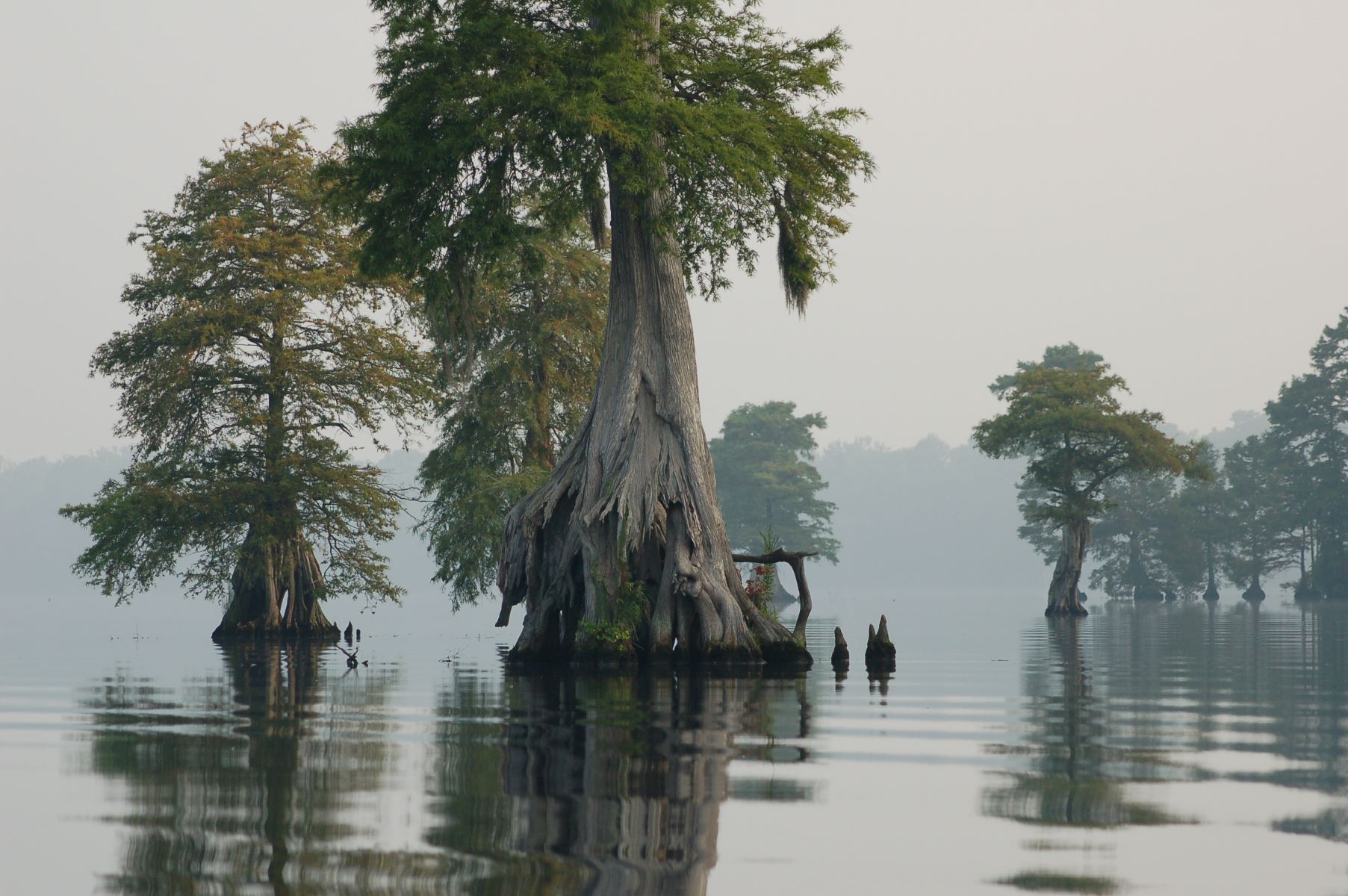Hidden Maroon Communities Of The Great Dismal Swamp

Ever wondered about the hidden histories within the United States? The Great Dismal Swamp holds secrets of resilience and survival. This vast, mysterious wetland, spanning Virginia and North Carolina, once served as a sanctuary for Maroon communities—escaped enslaved people who sought freedom and built lives away from oppression. These brave individuals created thriving settlements deep within the swamp, using its dense foliage and treacherous terrain as protection. Their stories, often overlooked, reveal a rich tapestry of courage, ingenuity, and determination. Join us as we delve into the fascinating world of the Maroon communities of the Great Dismal Swamp.
The Great Dismal Swamp: A Historical Refuge
The Great Dismal Swamp, spanning southeastern Virginia and northeastern North Carolina, served as a haven for Maroon communities—escaped enslaved people seeking freedom. This vast, dense wilderness provided shelter and sustenance, allowing these communities to thrive away from the reach of slave catchers.
1. Lake Drummond
Lake Drummond, one of Virginia's two natural lakes, sits at the heart of the Great Dismal Swamp. This freshwater lake, surrounded by dense forests and wetlands, offered a reliable water source for Maroon communities. The lake's remote location made it an ideal spot for those seeking refuge.
2. Jericho Ditch
Jericho Ditch, a man-made canal, played a significant role in the swamp's history. Originally dug for logging and transportation, it later became a crucial escape route for enslaved people. The dense vegetation along the ditch provided cover, making it a safe passage for those fleeing to freedom.
3. Washington Ditch
Washington Ditch, another canal within the swamp, also served as a vital escape route. Named after George Washington, who once owned land in the area, this ditch connected the swamp to nearby settlements. Maroon communities used it to access resources and communicate with other escaped enslaved people.
4. Feeder Ditch
Feeder Ditch, a lesser-known canal, linked the Great Dismal Swamp to the Pasquotank River. This connection allowed Maroon communities to trade and interact with sympathetic locals. The ditch's secluded location made it a strategic point for those seeking to avoid detection.
5. The Underground Railroad
The Great Dismal Swamp played a crucial role in the Underground Railroad, a network of secret routes and safe houses used by enslaved people to escape to free states. Maroon communities within the swamp provided shelter and guidance to those traveling along this perilous path.
6. The Maroon Settlements
Maroon settlements within the Great Dismal Swamp were often temporary, as residents moved frequently to avoid capture. These communities built shelters from natural materials, hunted, fished, and foraged for food. Their resilience and resourcefulness allowed them to survive in this challenging environment.
7. The Role of Native American Tribes
Native American tribes, such as the Nansemond and the Nottoway, inhabited the Great Dismal Swamp long before Maroon communities arrived. These tribes sometimes provided assistance to escaped enslaved people, sharing their knowledge of the land and its resources. This collaboration helped Maroon communities adapt to their new surroundings.
8. Archaeological Discoveries
Recent archaeological discoveries have shed light on the lives of Maroon communities within the Great Dismal Swamp. Artifacts such as pottery, tools, and remnants of shelters provide valuable insights into their daily lives and survival strategies. These findings help us better understand the resilience and ingenuity of these hidden communities.
9. The Great Dismal Swamp National Wildlife Refuge
Today, the Great Dismal Swamp National Wildlife Refuge preserves this historically significant area. Visitors can explore the swamp's rich history through guided tours, hiking trails, and educational programs. The refuge serves as a reminder of the Maroon communities' struggle for freedom and their enduring legacy.
The Legacy of the Maroon Communities
The Maroon communities of the Great Dismal Swamp offer a powerful glimpse into a hidden chapter of American history. These resilient people created thriving societies in one of the most challenging environments. Their story is a testament to human spirit and the quest for freedom. Visiting the swamp today, you can feel the echoes of their lives in the dense forests and murky waters. The legacy of these communities continues to inspire and remind us of the importance of freedom and self-determination. Exploring this region not only enriches our understanding of history but also connects us to the enduring strength of those who came before. If you ever find yourself in Virginia or North Carolina, a trip to the Great Dismal Swamp is a must. It’s a journey into the past that still resonates deeply today.

